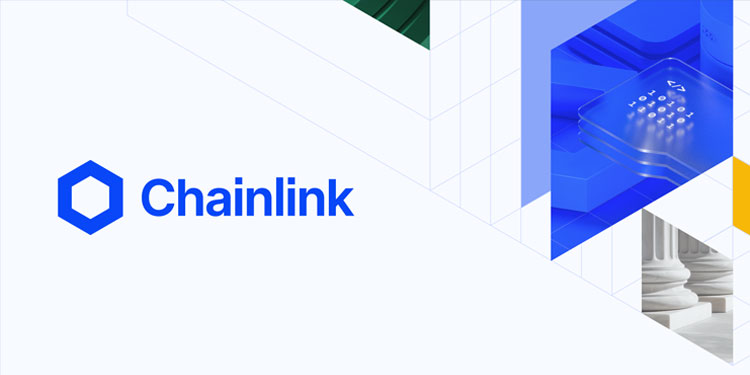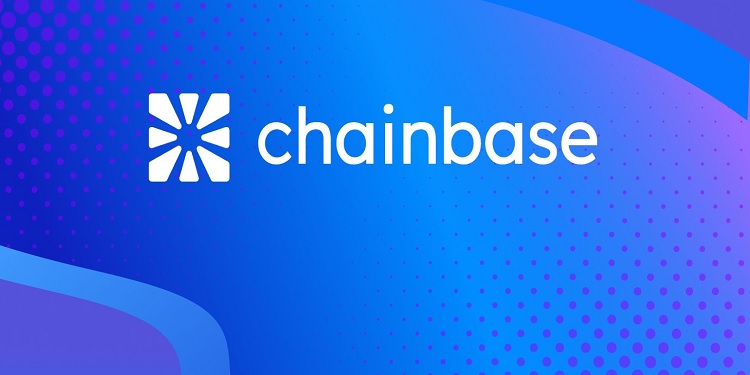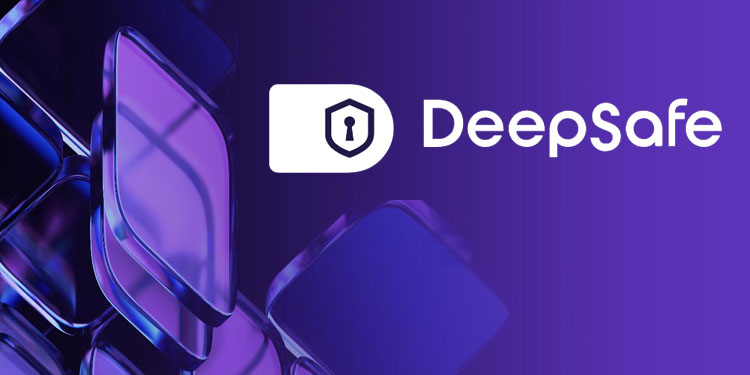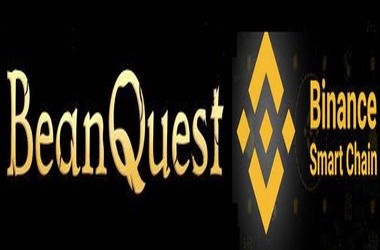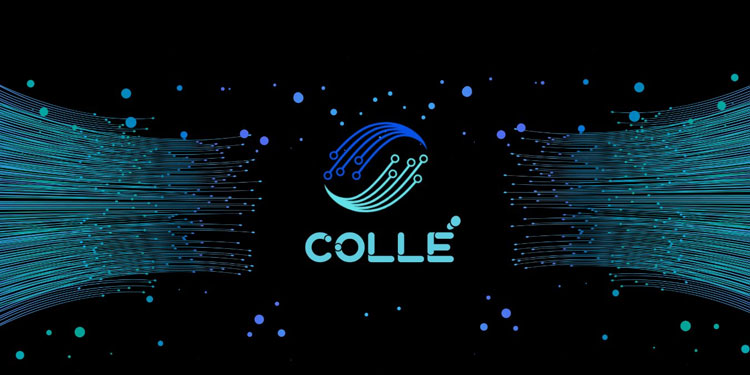 At ETH Denver, a large bubble ball with the inscription “Save Your Margin” attracted a great deal of attention. A sizable quantity of money enclosed in the inflatable ball had a deep visual effect on the programmers on-site due to the abundance of figurative graffiti. This distinctive display art was disclosed to be the product of Mirror World, an all-in-one application framework, on further closer examination.
At ETH Denver, a large bubble ball with the inscription “Save Your Margin” attracted a great deal of attention. A sizable quantity of money enclosed in the inflatable ball had a deep visual effect on the programmers on-site due to the abundance of figurative graffiti. This distinctive display art was disclosed to be the product of Mirror World, an all-in-one application framework, on further closer examination.
Mirror World’s most recent innovation is a platform that facilitates the growth, creation, and monetization of blockchain applications. As blockchain-powered technology matures and more systems appear to assist coders in lowering the barriers for entry to Web3 creation and boosting user migration, including Smart Platform by Mirror World, widespread blockchain adoption becomes increasingly feasible. & Mirror World’s Smart Platform aims to assist all developers in accelerating their capacity to innovate apps through improved application utilization and further blockchain incorporation. Utilizing Mirror World’s Smart Platform, builders will have the ability to create a multi-site blockchain application (Mobile & PC) rapidly. By providing value to their possessions, coupled with the compatibility and liquidity offered by the blockchain, coders will regain their income and be able to sustain their core group and environment so they can keep fighting Big Tech on this lengthy road.
Combining blockchain technology with smartphone apps can advance this vision even further. This is due to the fact that the global adoption of mobile gadgets, the marketing of mobile apps, and the maturation of product content delivery offer advantages unmatched by other application systems. A mobile application can be downloaded and utilized without difficulty or delay. The primary resistance comes from the dissemination of applications, the norms of dissemination, and the seizure of makers’ in-app income from mobile sales channels like Apple Store and Google Play.
The revenue distribution system in enclosed landscapes has been in force for more than a decade, and networks such as Apple’s App Store have made changes to this ratio. Simultaneously, in reaction to the effects of new blockchain technology, the heightened consumer consciousness of ownership rights and the transition of asset acquisition techniques. Apple levies a 30 percent fee on all digital products and services sold through the App Store and requires all apps sold through the App Store to use its internal payment system, thereby forcing developers’ hands.
In 2008, the Apple Store provided approximately 500 applications for the iPhone and iPod Touch; by 2021, the App Store has expanded to almost two million apps, with well almost 99.99% developed by third-party creators. This demonstrates that as the Apple Store environment expands, Apple is no more the main provider of app materials; more applications are being created by third-party devs, and an increasing amount of its income is coming from developer contributions.
In addition, a significant portion of the revenue received by developers is spent on advertising and marketing to acquire additional users and conversions. Nonetheless, these revenues are reinvested into Apple’s ecosystem. Therefore, coders share the fundamental material of the overall ecosystem, enabling innumerable users to enjoy gaming, social networks, audio, as well as other premium services. However, the preponderance of earnings is still consumed by the environment.
The Washington Post stated that between January 2017 and October 2020, Epic’s Fortnite compensated Apple $237 million in fees. The majority of development studios are compelled to cooperate with Apple’s practices, despite their displeasure, whereas major actors such as Epic can challenge Apple’s discriminatory policies through a number of legal actions.
The emergence of cryptocurrencies has directly contributed to the loosening of the ostensibly constricting wall’s masonry. Globally, the vast majority of cryptocurrency users can easily purchase virtual assets across borders at a consensus monetary value and, in a sense, own the assets without the need for intermediaries. Due to the inherent anti-censorship nature of blockchain technology, transactions at the protocol level can circumvent Apple’s regulations. Apple, observing all of this, perceived a crisis of subversion and enacted policies regarding the purchase and sale of NFTs, prohibiting the use of third-party payment tools in transactions involving NFTs and continuing to permit only its in-app purchase method. Otherwise, the app may be penalized, removed from the account, or prohibited.
Apple is the true monarch of the Internet era because it controls the entrance to application distribution and can determine the direction of application innovation thanks to this series of practices. To secure their interests in this manner is to stifle genuine innovation.
Idealistic coders who are interested in pushing through the boundaries as genuine innovators encircle the inflated ball. When viewed from above, the inflated ball is not as substantial as it appears, and all efforts to impede creativity will ultimately evaporate into history’s dustbins. The remainder is simply awaiting the arrival of the disruptors.


